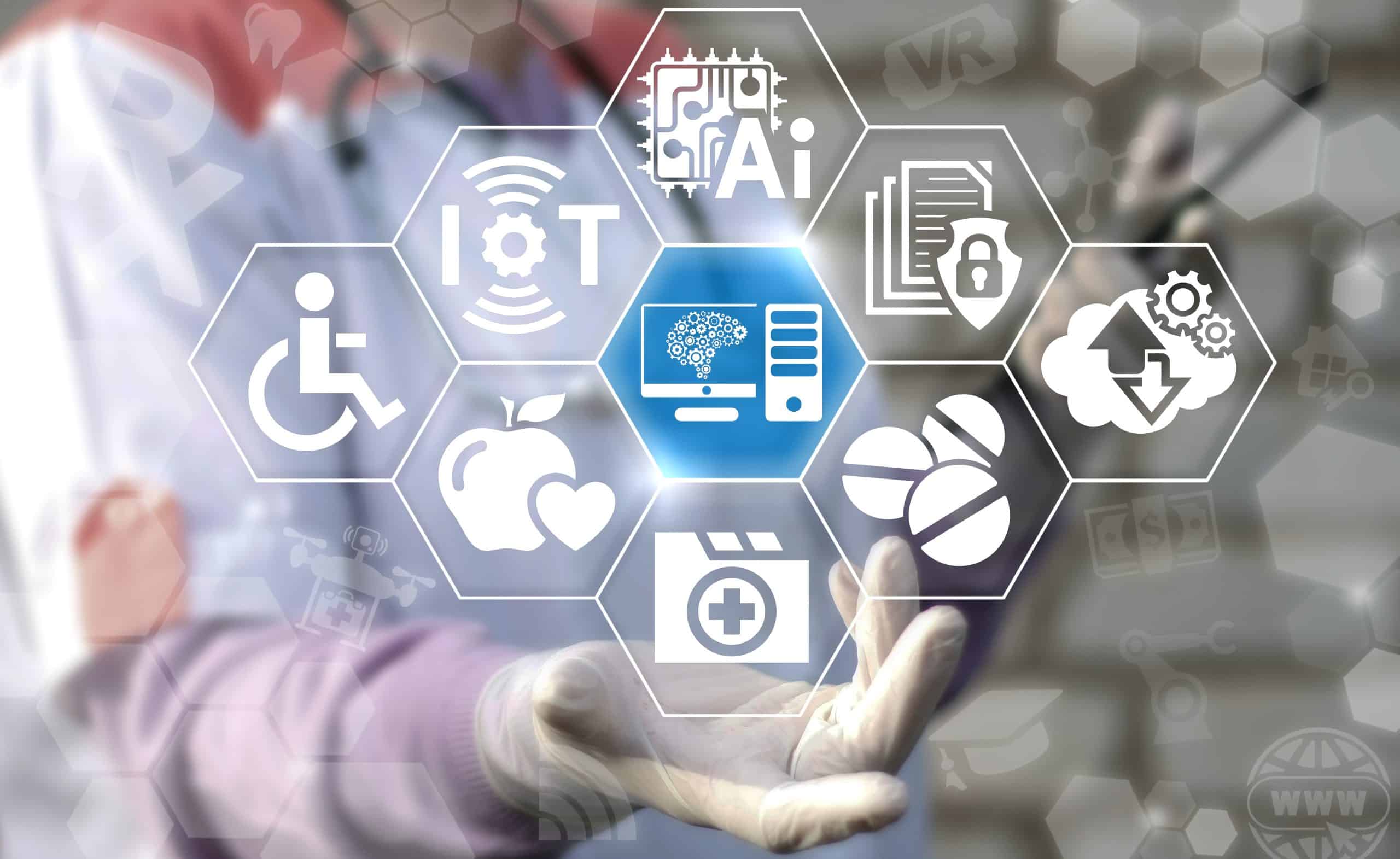By Carsten Rhod Gregersen, CEO and Founder of Nabto
The Internet of Bodies is here. Humans are increasingly collecting our physical data via connected devices that are implanted, swallowed or worn. The result is an unfathomable amount of data tracking our heart rates, blood pressures, sleeping patterns and more.
These insights could be invaluable to healthcare – but only once devices stop hiding data in information silos. Currently, most devices collect data but seldom share it, impeding any real medical application. Data usability is key to realizing the potential health benefits of these devices. Let’s explore.
The post-pandemic emergence of medical devices
It’s worth taking a step back and recognizing the rapid rise of medical devices in the Internet of Things (IoT). As a result of the COVID-19 pandemic, wearables became a tool for tracking, monitoring and even combating the spread of the disease throughout the world. Increasingly health-conscious consumers quickly took to devices like smartwatches and fitness trackers. In 2021, more than 300 million wearables shipped worldwide. This year, the wearables market will reach about 350 million shipments globally, logging a compound annual growth rate of 13%.
People are turning to these devices for personal medical insight. The latest smartwatches enable unparalleled insight into medical metrics like blood oxygen and physical activity. Likewise, connected medical devices deliver remote convenience that is invaluable during a pandemic. For example, hearing aid manufacturer WIDEX can now calibrate their products from anywhere in the world. Previously, clients needed to travel to hearing care professionals to calibrate the device, despite the job taking just a few minutes. Today, the company uses a remote-control solution for fitting hearing aids over the internet, much to the delight of the company’s older, less mobile clientele.
The problem with data silos
We’re in the midst of a medical data gold rush. The problem, however, is that the vast majority of this device information is currently unusable. Why? Because private device vendors largely restrict outside access to this treasure trove of user information, meaning it cannot be organized and coordinated for wider medical applications. To make matters worse, there’s no unified data standard across the industry to make medical information interoperable.
Private companies tend to view wearable data as private information. Of course, companies have a duty of care when it comes to sensitive user data, but the current approach impedes medical researchers and practitioners from adequately implementing this rich information into their work.
The cost opportunity is massive. If leveraged correctly, wearables could grant clinicians a more comprehensive, longitudinal view of patient health. For example, it’s possible to detect potential illnesses or diseases, such as sleep apnea, cardiac disease or mental illness, with correctly accessible device data. For the moment, however, the problem of wearable data silos is only predicted to worsen.
IDC projects the total universe of healthcare data to grow approximately 400% between 2020 and 2025. With this growing data comes the potential for better predictive diagnoses, individualized therapies and new efficiencies that can increase access to care while controlling costs. Again, achieving this demands that the data is actionable.
Three ways to make wearable data actionable
The good news is that data silos are avoidable. Better yet, there are a variety of potential solutions to this innovation-prohibiting problem.
First, device creators should agree on industry standards to safely share data. This approach would see wearable companies work together to adopt common standards and create new protocols. This will take time and coordination, but it’s possible. In the 1990s, five of the world’s biggest telecom providers established an interest group for a new communications protocol, Bluetooth. Today, the standard functions across nearly all laptops and tablets. To integrate digital measurement technologies at scale in clinical research, pharma and technology communities must unite to drive the adoption of shared standards suitable for clinical research.
Second, medical researchers can construct data lakes to extract actionable outcomes from large information sets. This approach is one way to get around the issue of inconsistent data standards in the industry. Currently, ingesting such data from multiple sources and converting it to a consistent format (to be analyzed or used for machine learning training and inferencing) is very challenging. However, researchers should look to employ data lake patterns to store raw information and then build layers to modify the data to a format for use across different systems.
Third, in the case of specific clinical research trials and internal hospital operations, IoT ecosystems work to share information across a unified network. This method creates a single platform to connect the dots and achieve unified device connectivity. This way, the platform operators have direct access to data and make decisions accordingly, all the way from monitoring patient vitals to managing hospital inventory.
In all, connected devices present a unique chance to translate individual insights into collective knowledge. Achieving this, however, requires vendors to come to the table and break down the data silos they have helped to create. It won’t be easy – but the opportunity is too great to miss. Unlocking this data could be instrumental to providing value-based care, reducing costs, lowering errors and improving outcomes. Watch this space.
Carsten Rhod Gregersen, is CEO and Founder of Nabto, a P2P IoT connectivity provider that enables remote control of devices with secure end-to-end encryption.
The Editorial Team at Healthcare Business Today is made up of skilled healthcare writers and experts, led by our managing editor, Daniel Casciato, who has over 25 years of experience in healthcare writing. Since 1998, we have produced compelling and informative content for numerous publications, establishing ourselves as a trusted resource for health and wellness information. We offer readers access to fresh health, medicine, science, and technology developments and the latest in patient news, emphasizing how these developments affect our lives.








